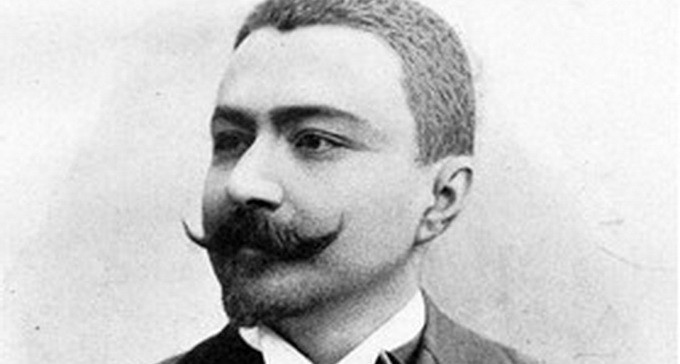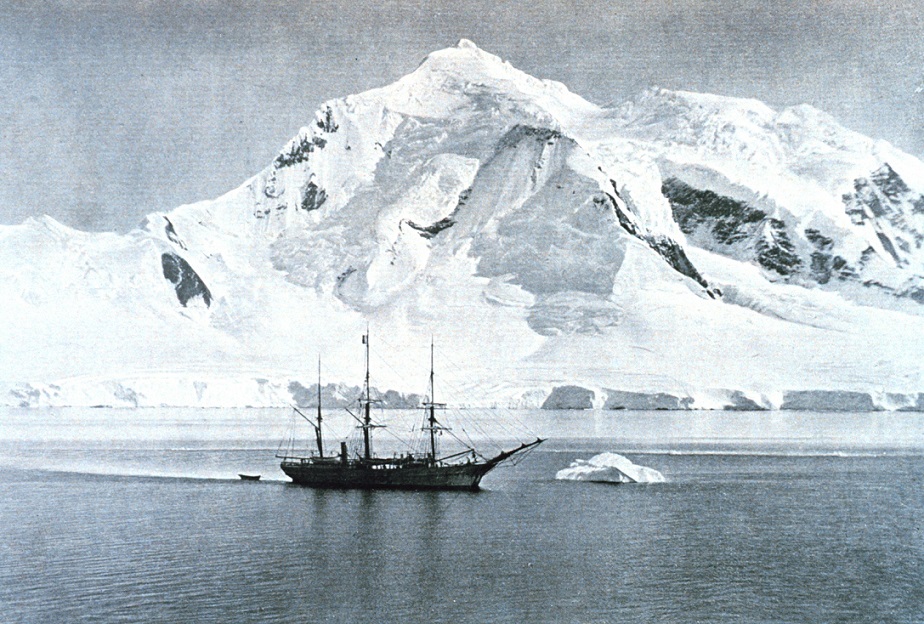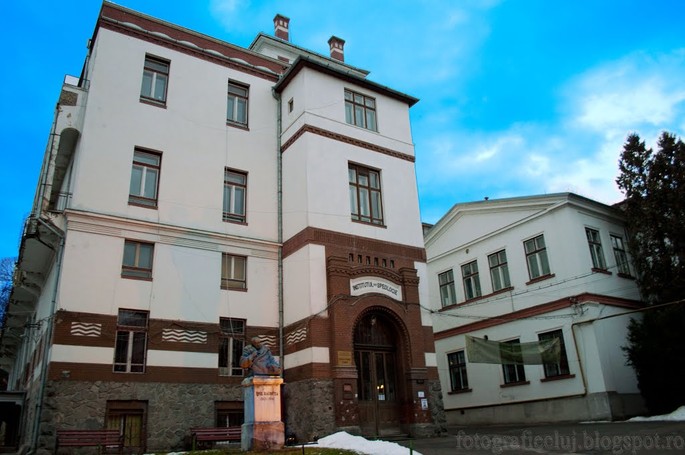Emil Racoviţă was born in the village of Şorăneşti, in Vaslui County, to a wealthy old Moldavian family whose roots have been traced back to the 16th century. He received his education in Iasi, where he was taught by one of the most famous Romanian writers, Ion Creangă.
In 1886, heeding his father’s advice, Racoviţă went to Paris to study law. But right after getting his degree, he enrolled at the Faculty of Science in Sorbonne, to follow his true calling. After graduating in 1891, he remained in France for another 5 years to write a doctoral thesis at the oceanology laboratory Arago in Banyuls-sur-Mer. He received his doctor’s title with a research on a species of marine worms.

After defending his thesis, he received a letter from Liège asking him to go on a Belgian expedition that was to explore the shores of the Antarctic. He could not refuse this opportunity and as a result, he became the naturalist among the 19 scientists aboard the Belgica. This was the first expedition that was not motivated by the discovery of new land but by research and scientific observation. And it was very successful in its goals. The crew returned with 1.200 zoological exemplars and 400 biological exemplars, the collection of which was due mostly to Emil Racovita. He also made detailed observations about whales, seals and Antarctic birds.

Next, in 1904, he went on an expedition to the Mediterranean and made a visit to the cave Cueva del Drach in Mallorca. This is where he found a crustacean unknown to science at the time, which he named Typhlocirolana moraguesi. He realized that studying these underground creatures and the way they adapted to their medium could give him an insight into biological evolution. The essay he wrote following his discovery would set the foundation for bio-speleology.
In the summer of 1919, Emil Racoviţă was asked to be part of the first Romanian university in Transylvania. He agreed to do it on one condition, namely, that he be allowed to create a research institute dedicated to the study of speleology. And on the 26th of April, 1920, the Institute of Speleology in Cluj-Napoca was created, the first speleology institute in the world.
Sources:
“EMIL RACOVIŢĂ şi uimitoarea aventură în Antarctica. Cine a fost savantul EMIL RACOVIŢĂ”, Realitatea, November 15th 2013, Available at: http://www.realitatea.net/emil-racovita_1317157.html, Accessed: 10.02.2015.
Brad, Traian, “Emil Racoviţă“, emilracovita.blogspot, Available at: http://emilracovita.blogspot.ro/, Accessed: 10.02.2015.


















